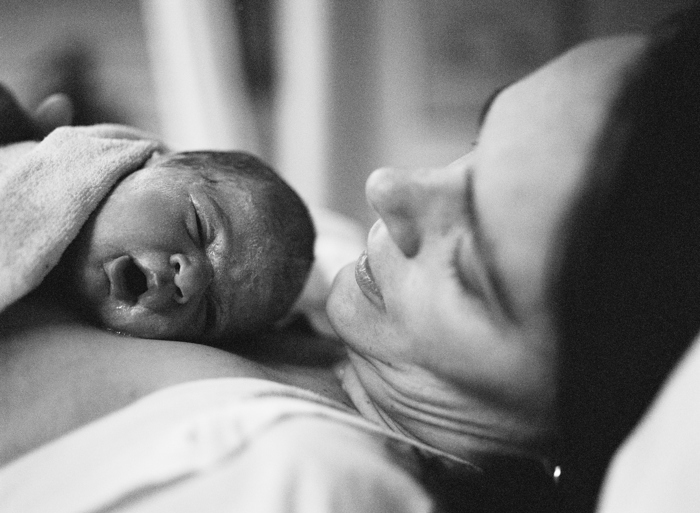Declaration of paternity
If you are married at the time of the child’s birth, the husband will automatically be considered to be the father of the child. If you are separated or unmarried, you must establish paternity. The normal procedure is for the mother to state the name of the father and for the father to then acknowledge paternity.
Paternity can be declared online before the birth of the child, around the time of the birth, or after the birth by logging in to Nav.no via ID-porten. Paternity can also be declared by attending in person.
When can paternity be declared online?
Before paternity can be declared, as the mother, you must state the name of the child’s father. You can state the name of the father from pregnancy week 22. Alternatively, you can wait until after the baby is born.
This means that you must start the declaration process by first stating the name of the child’s father. If the father logs in before you declare him to be the father, he will not be able to declare paternity.
In order for you to declare paternity online, the following conditions must be met:
- The child must have been or is expected to be born in Norway
- The mother must be unmarried and resident in Norway
- You must both have a Norwegian national ID number
- You must both be over 18 years of age
- The pregnancy has reached week 22
Application for co-mother
If you are pregnant and cohabiting with or married to another woman, you must apply for co-motherhood. A co-mother is a woman who has been granted legal status as a parent of the biological child of her female spouse or cohabiting partner.
You must be married at the time of the child’s birth in order for your application for co-motherhood to be approved. In the case of women who are not married, the mother and cohabitant must be cohabiting at the time the assisted fertilization takes place.
In your application for co-motherhood, you must enclose documentation confirming that:
- The child was conceived with the aid of assisted fertilization
- A known sperm donor from an approved health institution was used
- The co-mother has consented (in writing) to the fertilization
In order for your spouse or cohabiting partner to become a co-mother, you must both complete forms on the Norwegian Tax Administration's website.
Notification of birth
After your child is born, the hospital will send an electronic notification of the birth to the National Population Register. A national ID number will then automatically be generated for the child. Hospitals send birth notifications for all live births and stillbirths after at least 28 weeks of pregnancy.
Birth certificate
After the baby is born, you will receive an electronic letter from the National Population Register asking what your child is to be called. Once you have reported the child's name, you will receive confirmation that the child's national ID number and name have been registered. This replaces the birth certificate.
The confirmation contains information about the child’s name, date of birth, national ID number, gender, place of birth and the names of its parents if applicable. You will receive confirmation in Altinn.
In most cases, you will no longer need a stamped and signed birth certificate. If you would like to receive a stamped and signed birth certificate issued on paper, you can still order one.
Who can be issued with a birth certificate?
- Persons born in Norway and registered in the National Population Register as resident in Norway after 2 December 1946
- Persons born in Norway after 31 December 1982 (registered in the register of births)
- Persons adopted in Norway
- Persons adopted abroad after 1 July 1981 (subject to certain conditions)
Read more about the National Population Register
Custody
Custody is the duty and right of parents to make decisions concerning personal matters regarding their child. The person or persons with custody are also the child's guardian(s).
All parents-to-be are given joint custody, even in the case of parents who have not been married or lived together.
The mother
If you are a mother who wishes to have sole custody, you can notify the National Population Register within one year.
The father
If you are a father who wishes to have custody, you can initiate legal proceedings through the courts. The court will reach a decision that will take into account the best interests of the child.
If you do not wish to have joint custody, you can notify the National Population Register within one year.
